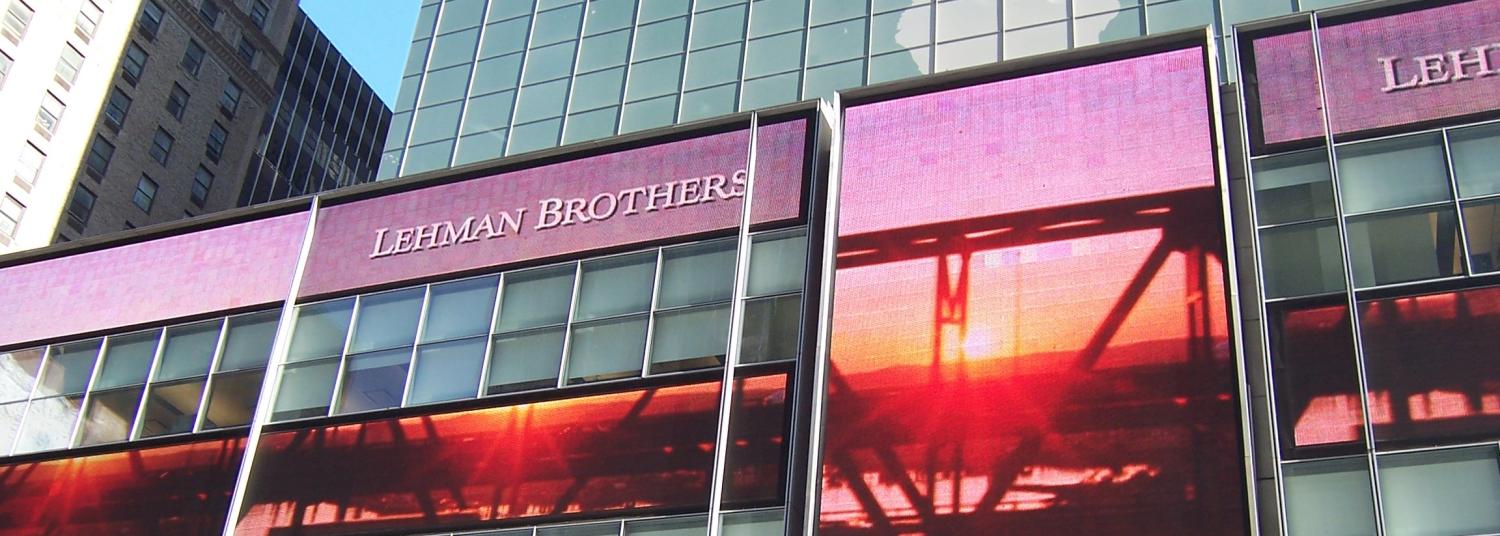The 2008 Global Financial Crisis demonstrated the damage that a malfunctioning financial sector can cause. Even the then US Federal Reserve Chairman Alan Greenspan, the high-priest of financial deregulation, confessed that he was in a state of ‘shocked disbelief’ that the self-interest of financial institutions was not enough to keep them safe. The Occupy Wall Street movement reflected the public anger that the financial sector had been bailed-out by the government, with management not only avoiding jail, but walking away from the wreckage with spectacular bonuses. In 2010 this anger found form in the Dodd-Frank Act, an effort to avoid a repetition of the GFC.
Now, less than a decade later, the Dodd-Frank Act is being dismantled, on the grounds that it is too complex, making it a suitable case for Donald Trump’s deregulation agenda. The House of Representatives has passed the Financial Choice Act. In its present form, this bill is unlikely to pass the Senate. But the broad direction is clear. Wall Street is back in the driving seat in Washington, and the various measures taken in 2010 to restrain its actions are headed for the bin.
What irked the public most were the taxpayer-funded bail-outs of troubled financial institutions. But the Lehman Brothers’ bankruptcy demonstrated that if big financial institutions are allowed to fail, the consequences for the rest of the economy are hugely disruptive. This fosters a kind of blackmail by the big financial institutions: ‘if you allow us to go broke, it will cause so much damage that you will regret it’.
How to fix this ‘too-big-to-fail’ (TBTF) quandary? The key concern is with ‘moral hazard’: if these institutions know that they will be bailed-out, they will take additional risks, knowing that they benefit from the upside if the risks turn out well and the taxpayer will pick up the bill if they turn out badly.
Dodd-Frank addressed TBTF in two ways. First, it made it harder for taxpayer funds to be used to bail out failing institutions, reducing moral hazard. Second, the Act embodied the ‘Volcker Rule’, requiring a clear legal separation of conventional core banking activities from high-risk trading in bonds and derivatives. Thus the vital core of conventional banking could be protected while denying this protection to the banks' higher-risk activities.
While Dodd-Frank made it hard for the government to bail out failing financial institutions, it also recognised that failure sometimes occurs, so created a specialised bankruptcy agency -- the Orderly Liquidation Authority (OLA). As demonstrated by the Lehmans mess, normal bankruptcy processes are too slow to cope with the contagion of financial failure. The OLA has the power to take over a failing institution, provide it with liquidity, and close it in an orderly way, with minimal disruption to the rest of the financial sector.
The new bill eliminates the OLA, leaving a failing financial institution in the flat-footed normal bankruptcy processes, as occurred with Lehmans. Wall Street will take heart from this, as the banks confidently expect that when the crunch comes, the memory of Lehmans will ensure that big institutions will be bailed-out in a crisis, whatever the current rules say.
Even more helpful for Wall Street, the Volcker Rule provisions in Dodd-Frank are missing from the new bill. With no need to separate core banking from proprietary market-trading activities, big banks can assume that all their combined activities (core banking and casino-like market operations) will be bailed-out if there is the threat of contagious failure. With the taxpayers standing behind the whole of their balance sheets, the banks can return to the pre-2008 era, when this comprehensive protection allowed them to borrow more cheaply and take on more risk.
With the Volcker Rule on the way out and no special provisions for speedy resolution of failing financial institutions, the TBTF problem returns. Wall Street has its way again, no doubt helped by its well-funded lobbying.
Of course TBTF is an unresolved dilemma everywhere, with Europe providing a couple of interesting current examples. The EU sought to address TBTF by regulating to preventing EU governments from bailing-out banks. In Spain, this may have accomplished, but not without pain. Since the 2008 GFC, Banko Popular struggled with its load of problem property loans, but has survived without government help, obtaining additional equity from shareholders and issuing bonds to the public. But the bad-loan burden finally caught up this month with a run on the bank, which was declared ‘failed or likely to fail’ by the European Single Regulatory Board. The bank has now been taken over by Santander, Spain’s largest bank, for a symbolic one euro. This might look like the model solution: the burden of near-failure has been borne, not by the taxpayers, but by Popular’s shareholders and bondholders. The authorities, however, now have to deal with these disgruntled losers, who are understandably indignant that a bank which was allowed to continue to operate and had passed official stress-testing, should now have gone under as a result of long-standing problems.
In Italy, a very different story is playing out. The Italian government has persuaded the EU authorities to allow a nine billion euro ‘precautionary re-capitalisation’ of Monte Pasche di Siena (the world’s oldest bank and Italy’s third largest), again the victim of property lending leading up to the GFC. Bondholders are not being bailed-in, perhaps reflecting the sad experience of earlier bank closures, which resulted in a highly publicised bondholder suicide. Thus, despite the best efforts of the European authorities to reinforce the idea that banks will not be bailed-out, the inevitable happens: the taxpayers are slugged once again.
In 2014, Mark Carney, head of the Financial Stability Board, might have been premature in telling the Brisbane G20 meeting that the issue of TBTF was almost solved.
